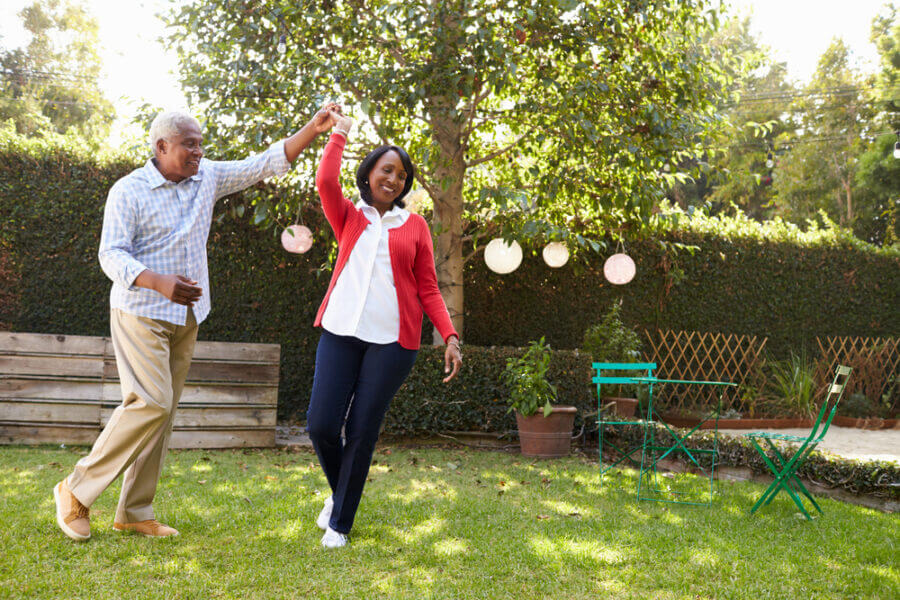Retirement fitness involves mind and body, as well as money
Book review of Retire Fit, Fit & Fit by Howard Pell
Advertisement
Book review of Retire Fit, Fit & Fit by Howard Pell

READ: Retirement is about more than the moneyIt’s also possible to be only physically fit or only emotionally fit but lack the financial resources for retirement. The need to keep working to pay the bills will be frustrating, especially if all your peers have retired. Still, there is also a trend to focusing first on the financial side, and then once you’ve earned your freedom, investing the extra time in physical and emotional fitness. This is in part what Pell, a former software trainer, does. He does indeed start first with finances, although there are better books out there if money is your prime retirement concern (try the books by Fred Vettese or Moshe Milevsky, for starters). Pell’s chapter Financially Fit covers a scant 40 pages and he thinks most readers should do what he did and get a financial advisor. As he does elsewhere in the book, he provides some worksheets to help ask questions of prospective advisors.
READ: Here’s how I’m transitioning into retirementWhere Pell adds more value is in his holistic approach to integrating finances with physical and emotional fitness. One of the most useful concepts I found was in his 6-point matrix (on page 109) that spells out how couples should embrace their joint retirement. There are six scenarios: One spouse can be working and the other can be retired and either busy or bored. Both can be retired with one busy and one bored, etc. Pell will turn 65 in December but retired at 60, or rather semi-retired in Kitchener, Ont. And he did it without a corporate pension plan. “You hit the nail on the heat with your Victory Lap,” he said in an interview, “I wanted to do something totally different than what I was doing but for the joy of doing it, not for any need of funds.” So he’s written his first book and has begun a second, making videos and travelling, as well as being an avid Rotarian. “I’m an educator. I want to help people.” “I’m definitely working but I don’t see it as work.” He compares it to young people who land a fantastic job that they’d keep doing it even if they weren’t paid.
READ: When an RRSP isn’t worth itIn the book, Pell says he’s far busier now than when he working for a corporation (a well-known Waterloo tech firm). Fortunately, he was able to take the Glide Path route we have described in this space before, and his employer let him go down to a three-day work week, giving him a four-day long weekend to test out what he was going to do next. The year and a half of part-time work “was fantastic and let me ease into my retirement rather than do it cold turkey,” he told me. “The big difference is that now all my deadlines and commitments are self-imposed.” He dubs the lifestyle “voluntary unemployment” but like many at this stage, finds the word “retired” inadequate. He tosses out several alternatives but the best one is his suggestion to simply adopt the Spanish word for “retired,” which is Jubilado (for males) or Jubilada (for females.” He would use the term to signify anyone who is financially, physically and emotionally fit.
READ: Guaranteed income is a no-brainer, right?The new project he’s working on is more of a reference book that you could take to the gym, helping people match their retirement goals with their emotional goals, with physical workouts, coauthored with a fitness coach. It may be called Retire Fit with SAFE workouts: Safe stands for Strong Active Flexible Energetic. My review copy has a sticker suggesting an $18 retail price, which can be obtained at Pell’s website. While the book is primarily Canadian, Pell evidently has broader ambitions, as he plops a little graphic of a U.S. flag into various spots, translating Canadian financial terms into American equivalents. Jonathan Chevreau is founder of the Financial Independence Hub, author of Findependence Day and co-author of Victory Lap Retirement. He can be reached at [email protected]
Share this article Share on Facebook Share on Twitter Share on Linkedin Share on Reddit Share on Email